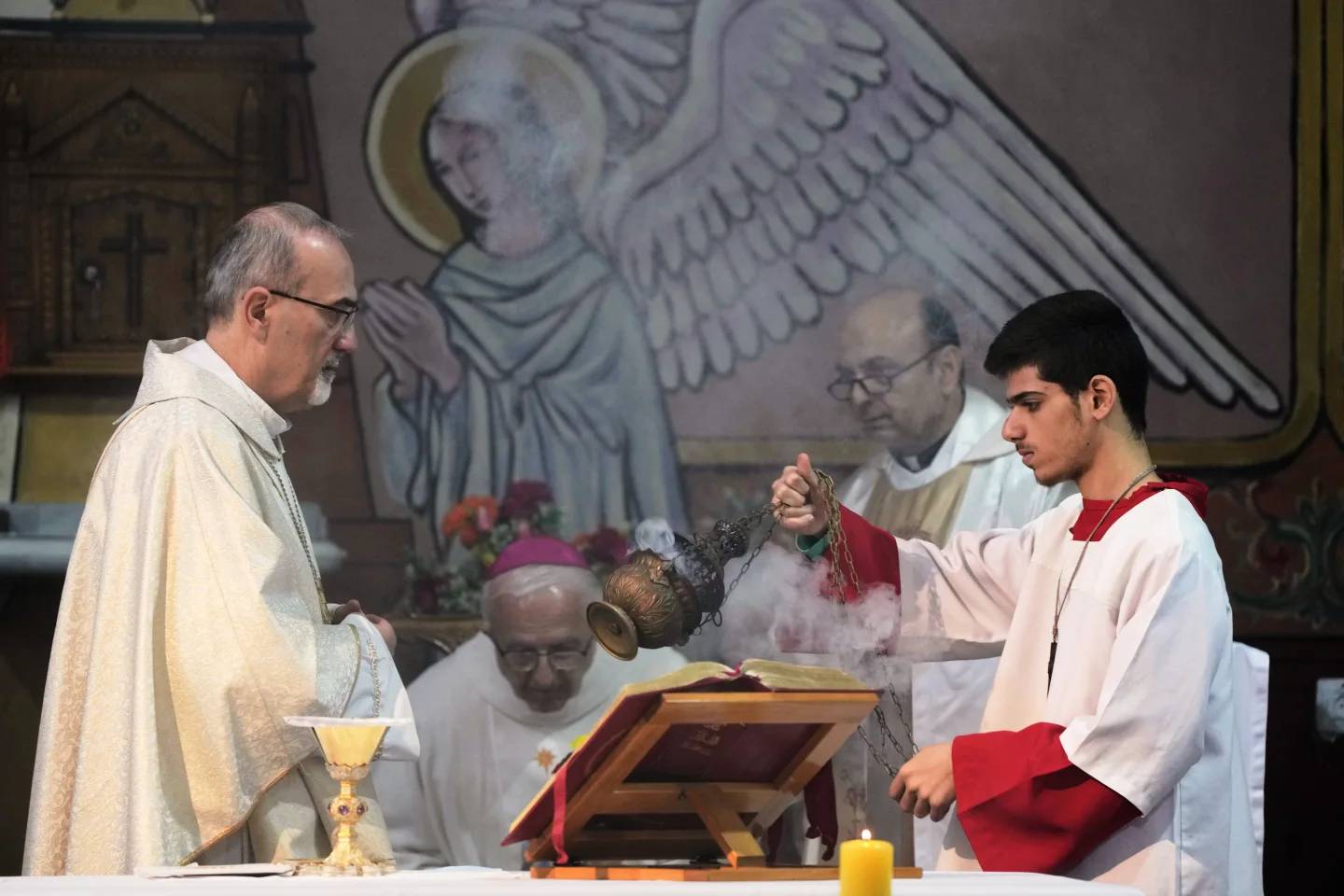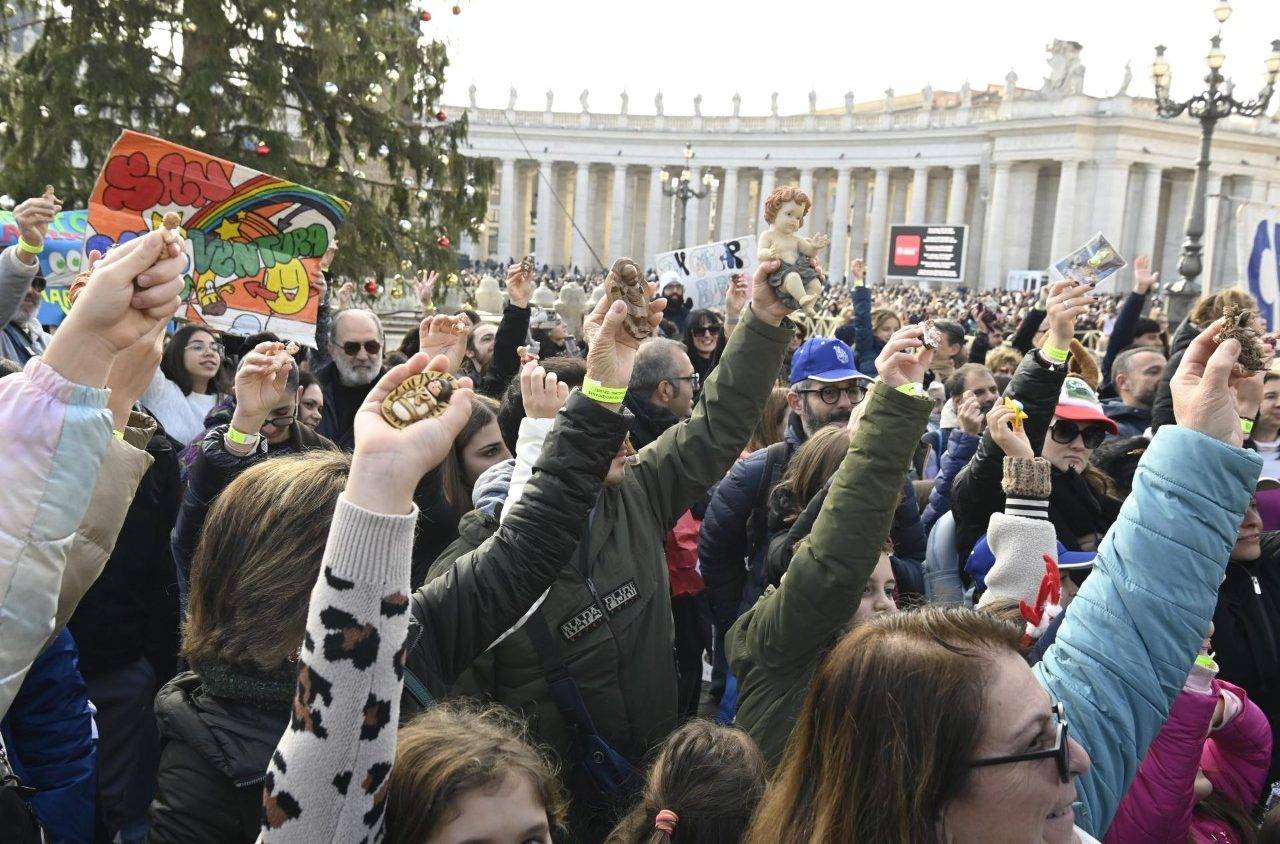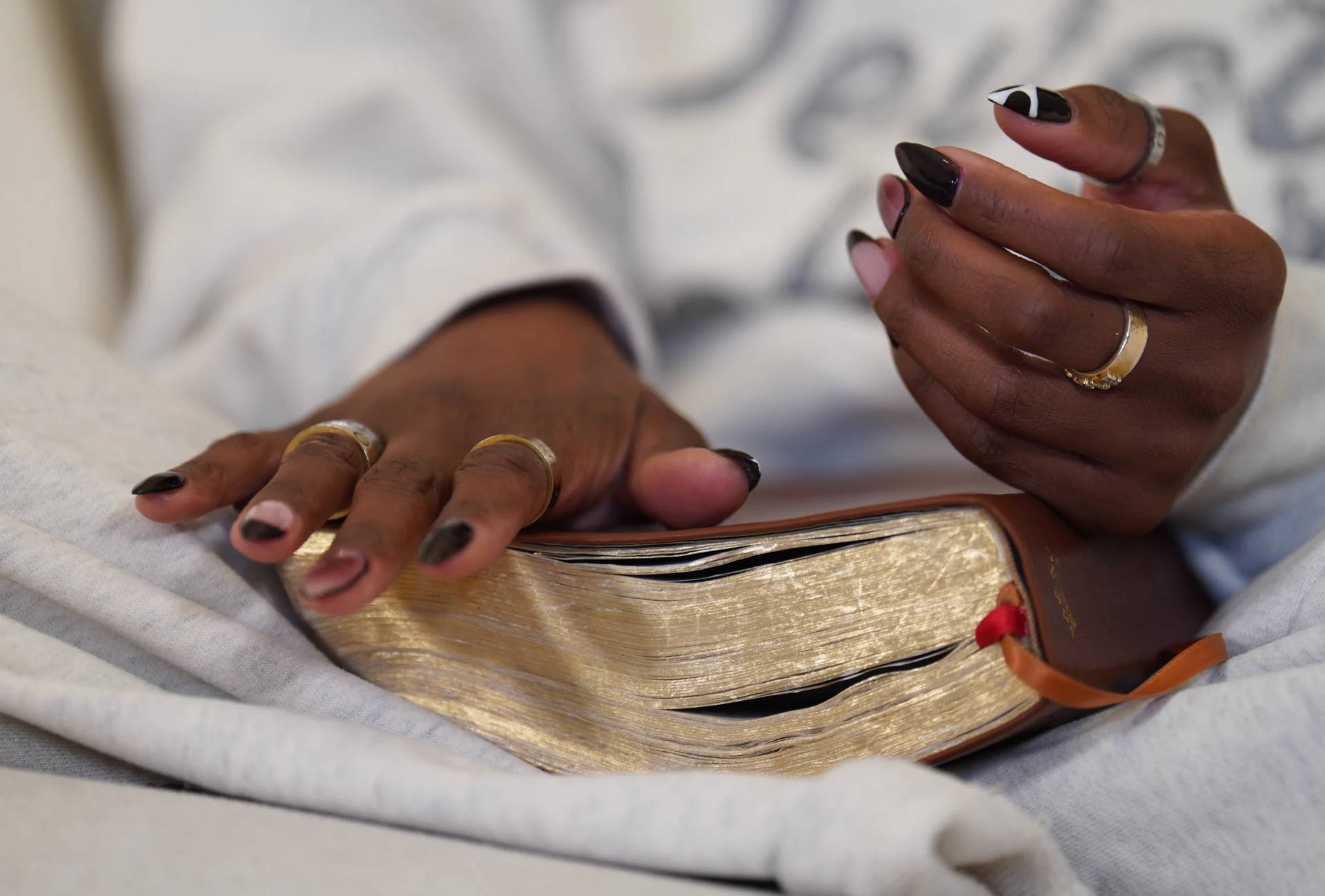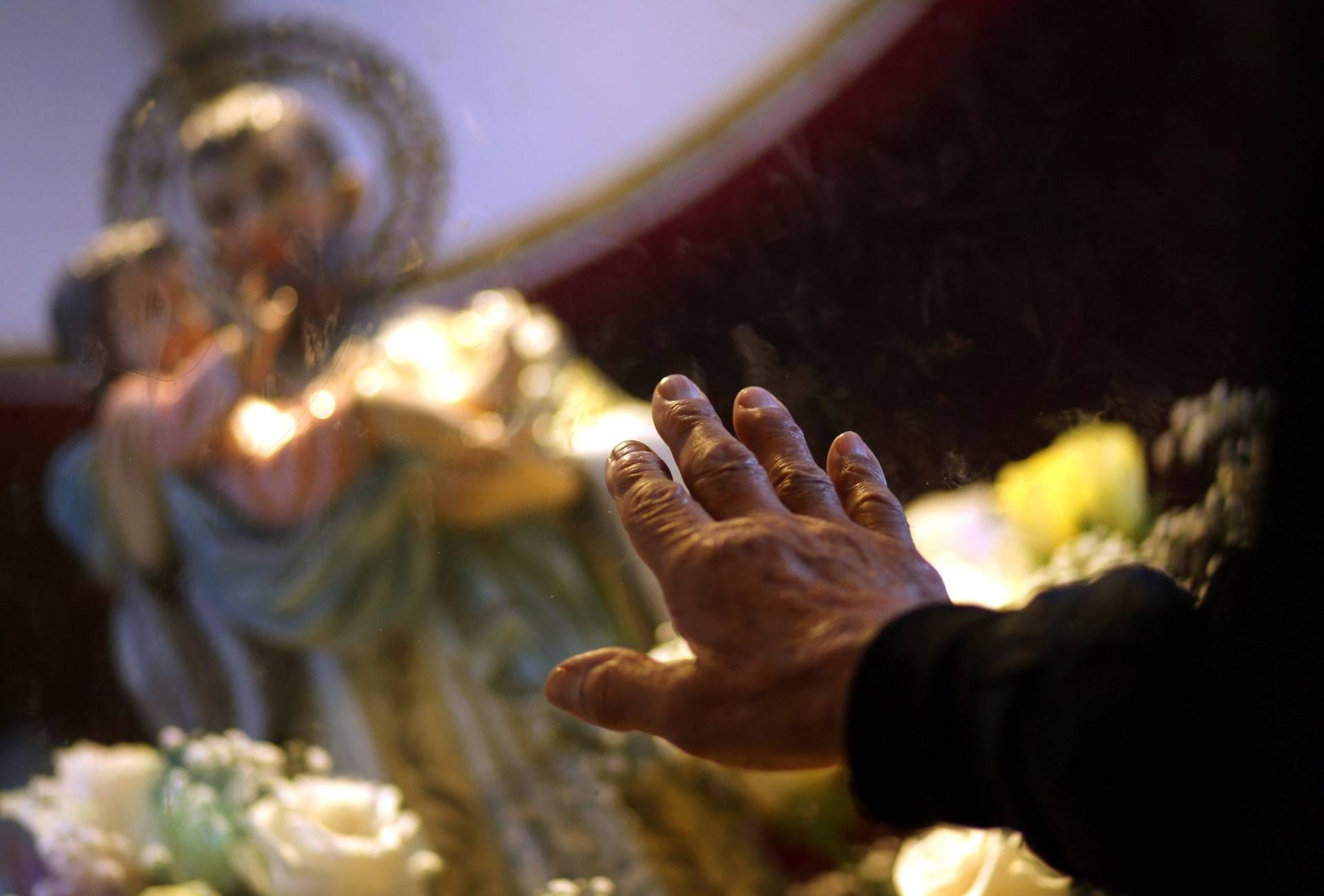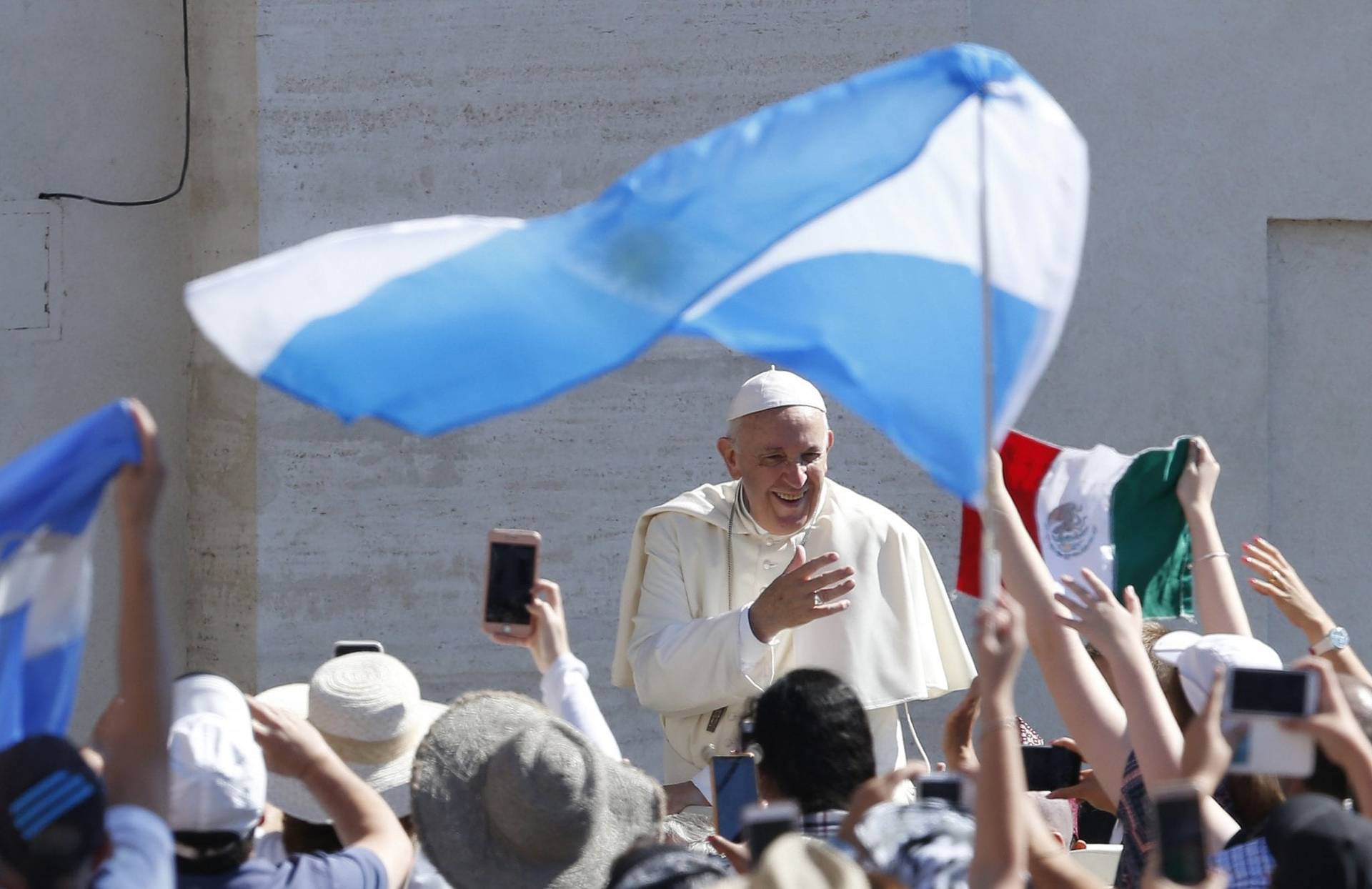SALTA, Argentina – Argentina’s northern province of Salta, known for colorful mountains, valleys, and small, picturesque towns that intertwine with exquisite wineries, is also known as the most piously Catholic province of the 23 that make up the nation.
The capital city is often referred to as Salta la linda, meaning “the beautiful,” surrounded by hills short enough that they rarely see snow, but high enough that they’re daunting even for regular hikers.
Salta was founded more or less at the same time as Buenos Aires, in the mid-to-late 16th century, and it’s home to both Argentina’s greatest example of popular religiosity and the local version of Medjugorje.
It also happens to be at the epicenter of the country’s clerical sexual abuse earthquake, because Salta is the metropolitan see of the Diocese of Oran. Gustavo Zanchetta, the former bishop, abruptly resigned his position in 2017 after being appointed by Pope Francis in 2013.
Zanchetta’s appointment caused outrage among the Catholics of his former diocese, Quilmes, in the Buenos Aires province, due to what critics charge are “innumerable cases of anti-Christian witness” from the bishop-to-be.
A few months after leaving Oran, Zanchetta reappeared in the Vatican, working at the Administration of the Patrimony of the Apostolic See, the Vatican’s most important financial center, and living in the same residence as the pope. As of Jan. 4, he’s been suspended from that position, accused of sexually abusing seminarians.
The pontiff has said his case is currently being studied by the Vatican’s Congregation for the Doctrine of the Faith, and a local prosecutor has charged him with abusing two former seminarians.
In addition to the bishop, one of Salta’s most beloved and influential priests is facing several accusations of sexual abuse, which were defined to Crux as “credible” by local sources and compared to former priest Fernando Karadima of Chile, once the pastor of the elite, today removed from the priesthood due to abuses of power, conscience and of a sexual nature.
According to a priest with knowledge of the local situation, there are “not one, not two, not three, but several” cases.
“The Church is going through an earthquake,” the priest told Crux on Saturday. “And like we did in 1692, we need to look towards Our Lord and Virgin of the Miracle [to] let the faith resurface from the rubble.”
The miracle that saved the city
According to Salta’s history books, the arrival of the image of Our Lord of the Miracle was inexplicable. It was a gift sent from Spain for the city’s church in 1592, which, together with an image of the Virgin, headed to Cordoba, survived a shipwreck and showed up in the Peruvian port of Callao.
The boxes that kept them safe also had information on where the images were headed, so locals put them on the back of mules and made a pilgrimage with them for 1,700 miles to Salta and then on to Cordoba, also in Argentina.
Fast forward a hundred years, when a tragic earthquake hit the province of Salta. Cities were lost, but the capital somehow survived three days of tremors. When things calmed down, locals went to the main church, where they found that an image of Mary Immaculate had fallen and appeared at the foot of the cross, unharmed, as if praying for Christ to intercede.
Locals are convinced this was miraculous, and that the earthquake did, in fact, end through Mary’s intercession. Ever since, the images have been known as Our Lord and Virgin of the Miracle. Their feast is marked Sept. 15, though the city begins preparations two months earlier, when the images are enthroned by the altar of Salta’s cathedral.
People from all over the region, mostly indigenous, make a pilgrimage towards the city, coming down from the hills and through the valleys. Some walk for over two weeks and are welcomed “by the entire city,” as a local hotel manager told Crux.

“It’s moving to see women from Salta’s ‘high society’ at the elitist Jockey Club washing the blistered feet of these humble pilgrims,” she said. “They come down praying … A friend of mine once joined them, and they would pray the rosary five, six, ten times in a row. He’s very Catholic, but at one point he just couldn’t say another ‘Hail Mary’!”
During the feast, hundreds of thousands walk with the two images through the city to renew a “pact of fidelity” to Christ and his mother, saluting them both with white handkerchiefs before they go back into the cathedral.
Among the millions who prayed before these images is St. John Paul II, who visited Salta for 12 hours during his 1987 visit to Argentina. The stop wasn’t originally on the schedule, but the local church collected half a million signatures petitioning for the pope to travel north, which he agreed to do.
The feast is perhaps Argentina’s most important sign of popular religiosity, more important even than the yearly pilgrimages to the Shrine of Our Lady of Lujan and to St. Cajetan, both in Buenos Aires.
Pope Francis is also a devotee. As provincial of the Jesuit community in Argentina, he led a group of novices to Salta for the feast. When he was there, he promised that if he were granted 40 vocations to the priesthood, he would open a Jesuit house in Salta.
A year later, according to one of the seminarians who came to Salta, there were 41 new seminarians and construction for the San José Obrero parish began.
“Every person from Salta, no matter where they are, prays the novena to Our Lord and Our Lady of the Miracle,” a local priest said. “Every Sept. 15, the entire diocese is in the 9 de Julio square, in front of the cathedral, celebrating El Milagro. No priest has to explain why he’s not in his parish. If nothing else, priests need to explain why they are!”
The opposite is what happens on a small hill within the boundaries of the city, where the Virgin and her son have allegedly been appearing since the year 2000.
Argentina’s “Medjugorje”
Hundreds of thousands of pilgrims flock every year to Bosnia-Herzegovina to go to Medjugorje, a small town where the Virgin has allegedly been appearing to a group of six visionaries for decades. Though the Vatican seems to be shifting to a more positive attitude towards this pilgrimage site, the phenomenon continues to be unrecognized by the Catholic Church as an actual Marian apparition.
The situation in Salta is relatively new compared to Medjugorje, but is not dissimilar. In Argentina’s case, the claim is that the Virgin, under the title of the “Immaculate mother of the Divine Eucharistic Heart of Christ,” has been appearing to Maria Livia Galliano de Oveid, known to friends and foes as “Maria Livia.”
Every Saturday, with the exception of two months during the summer, Maria Livia leads a “prayer of intercession” at the top of the hill, which is considered a “shrine.” There’s a small chapel at the top of the hill, where the image of the Virgin sits at the center, and where pilgrims have left thousands of rosaries.

Every Saturday, between 3,000 and 6,000 people go up the hill. Those with disabilities are brought up in free buses, but everyone else walks for some 40 minutes up a trail resembling Medjugorje.
Once they get to the top, people sit in white plastic chairs or remain standing for four to six hours, pray the rosary, and have the alleged visionary pray for them. She’s described as a “tool” through which Mary and Jesus act. She goes through lines of people, putting a hand on them while she holds rosary beads with the other. Many fall, as if fainting. Everything happens in utmost silence.
In fact, as someone noted on Saturday when Crux was there, “you can hear silence.” Maria Livia gives no interviews, and the close to 100 volunteers who were there kept shushing people whenever someone tried to start a conversation.
Eating and drinking anything other than water is banned. This includes Mate, a national tea-like drink that Pope Francis is often seen accepting in St. Peter’s Square. When some pilgrims dared to take their thermos with hot water out, a volunteer would go to the microphone to remind everyone that the hill is a “shrine” and as such, not a place for drinking mate or holding picnics.
On any given Saturday, one can find people from all over Argentina, many of whom bought “tourist packages” including a visit to the hill. Not everyone knows why they’re there or what they’ll find, other than it’s a Catholic thing.

Maria Livia claims that, beyond being a tool of intercession, she continues to receive messages from the Virgin, who speaks mostly about the importance of the Eucharist, the rosary and confession. Some messages are read on Saturday in between the mysteries of the rosary.
The first step for the Catholic Church to recognize a Marian apparition is the support of the bishop. The Virgen del Cerro is far from getting it: in 2006, after years of study, Archbishop Mario Cargnello sent a letter to his brother bishops throughout Argentina and a 20-page report explaining why the archdiocese doesn’t support the experience.
Though acknowledging that “good prayer” takes place up the hill, and that many pilgrims go there “in good faith,” Cargnello concluded that “we cannot perceive the truthful reality of the strong experiences lived there and that many qualify as conversions and healings. We leave all that in God’s hands.”
However, he goes on to list a series of reasons why the archdiocese doesn’t support the claim, and why there are no diocesan priests present on Saturdays.
“We haven’t found in the visionary a clear attitude in her relationship with us,” Cargnello writes. Among the doubtful aspects, he lists the fact that she’s refused to share with the diocese the results of a psychiatric evaluation, which is mandatory in these cases. In addition, there’s “no clarity” in the civil foundation that administers donations. She’s the president, her husband the vice president and their daughter the CFO.
“She claims this is what the Holy Mother indicated,” the report says.
The prelate asks his brother bishops to be “patient”, asking them to urge priests not to lead pilgrimages to see Maria Livia, and that if they do, not to celebrate the Eucharist without requesting permission.
A 2006 letter by the archbishop and the priests of Salta says that everything that takes place on the hill does so “outside of the organic and official activity of the Catholic Church in Salta,” urging faithful instead to take part in the life of the parishes, associations and movements that are part of the Church, praying to Our Lord and the Virgin of the Miracle.
Follow Inés San Martín on Twitter: @inesanma
Crux is dedicated to smart, wired and independent reporting on the Vatican and worldwide Catholic Church. That kind of reporting doesn’t come cheap, and we need your support. You can help Crux by giving a small amount monthly, or with a onetime gift. Please remember, Crux is a for-profit organization, so contributions are not tax-deductible.










